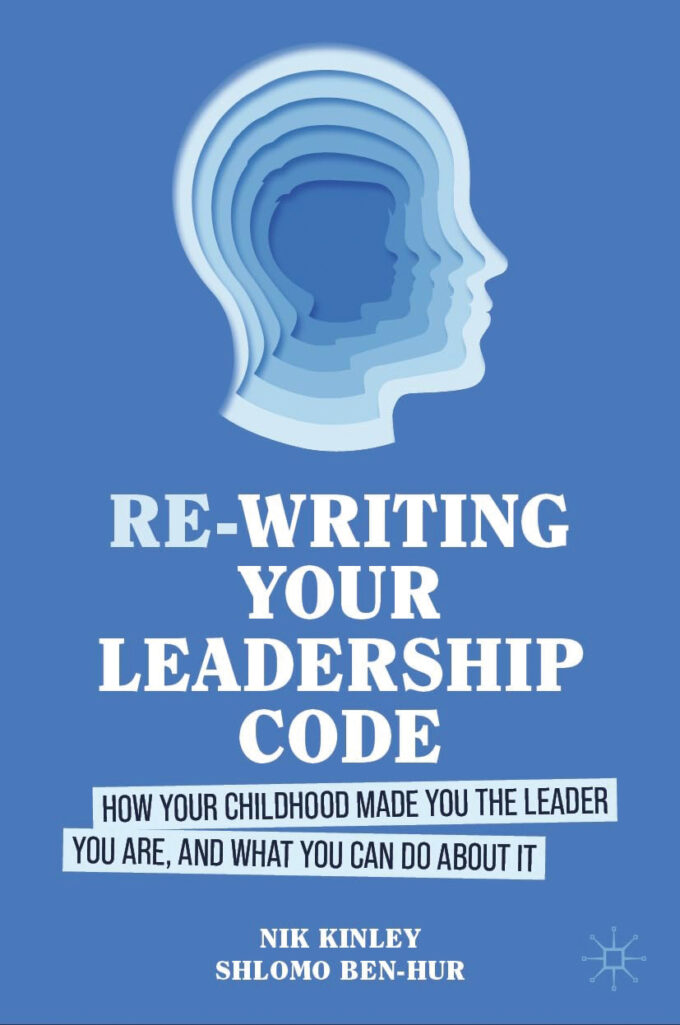Research shows that four techniques are most effective in optimizing your ability to self-regulate your behavior.
1. Modifying the stressor
Start with this question: do you internalize or externalize your emotions?
Do you find it easier or more comfortable to suppress your feelings and focus on particular things, avoiding distractions? Or do you experience and express your emotions intensely and more openly, switching your attention deftly from one thing to another?
Internalizers and externalizers self-regulate in slightly different ways.
If you are an externalizer, start by identifying the situations or stressors that trigger a strong emotional response from you and figure out why. Maybe you had to debrief leadership on a project that didn’t go smoothly or conduct a meeting with other heads of departments. What caused you stress? Was it the fear that you might be unable to answer difficult questions and appear incompetent? Perhaps you were worried about potential conflict with colleagues. If you know what triggers you and why, you can take steps to modify and balance the situation. You could try inviting someone closer to the project, someone with more technical knowledge, to co-present. To diffuse potential conflict with your colleagues, suggest you meet over lunch instead of in the office.
Let’s say you’re an internalizer by nature. You find it harder to express your emotions, and colleagues find you hard to read. You are stressed about the debrief or the meeting because of the potential for misunderstanding. Again, try bringing a trusted colleague into the mix – someone who finds it easier to use phrases like “I feel excited” or “I feel worried about this,” thereby providing a cue for you to share how you feel. Re-routing your meeting from the office to the canteen might help you be more open.
However you go about modifying situations, be sure to pinpoint what causes you stress and why. Be creative about switching settings and involving other (trusted) people. Try reframing things, too. Say you have a colleague who is highly critical of you and your choices. Figure out why your default response is the way it is. Do they remind you of an overbearing parent or teacher who made you feel inadequate? Why not recast this individual as someone asking for your help instead of trying to control or demean you? How might you now respond to their criticism? How will you communicate, and what kind of language will you use?
2. Suppressing the response
If you are a typical externalizer, look at ways to rein in or suppress the strength of your emotional response before it happens.
Meditation can help you exercise greater control and dial down your emotions. There is evidence that meditation can forge new neural pathways that boost cognitive and rational thinking processes, making it easier to self-regulate.
If you are an internalizer and want to suppress your tendency to shut down and close yourself off, try priming yourself for stressful situations. Dial up your emotional response by hitting the gym or listening to rousing music before the meeting. Conversely, externalizers could try meditation, breathing exercises, or calming music. The key is to think about how you would typically respond in that meeting or to that difficult colleague. Identify your default reaction, and then prime yourself to change it by doing something that elicits an entirely different response in you.
Controlling your default emotional responses takes a good deal of willpower, particularly if you are prone to externalizing your feelings. A good way to build your willpower is to do something that requires self-control regularly and with discipline. This could be meditation, sport, journaling, or reading every day – even for just a few minutes. Imposing discipline on your routine can help control your attention and regulate your emotions.


 Audio available
Audio available







 Audio available
Audio available